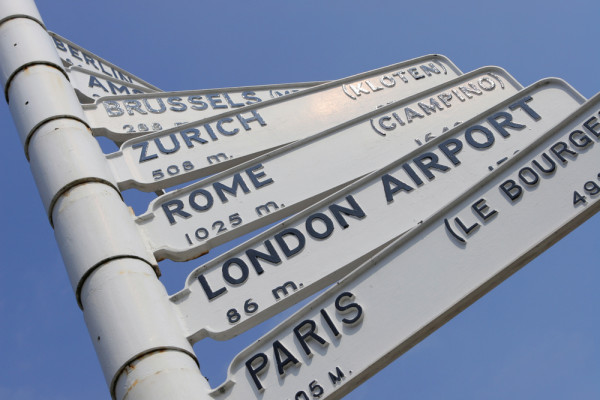Europe is brimming with beauty, magic and wonder. It is the greatest linguistically and culturally diverse place in the world offering
- Outstanding nightlife
- Mouthwatering food
- Picturesque landscapes and villages
- Incredible landmarks

If you are dying to experience authentic Spanish tapas, enjoy an opera in Vienna, shop for leather in Florence, catch the best vantage point of the city from the rooftop terraces in Prague, creating memories in piazzas in Rome and sipping a cocktail by the Eiffel Tower, then let visiting Europe be on the cards. If you are ready to experience Europe, here are some tips on how to start planning your trip.
#1: Prepare and Organize Your Documents
You will need a passport to visit Europe. If you do not have a passport, you should apply for one as soon as possible. It takes four to six weeks from the day of you apply to process and receive your passport. You can save time by working with an agent, applying online or by using an expediting service. However, this will cost you an additional fee. If you already have a passport, make sure it has not expired or is not due to expire during your trip.
The most important of all the documents you will need for a trip to Europe, separate from your passport, is a valid European tourist visa. Apply for it as early as you can.
Make sure that your driving license for your home country is also current. Your will need your license if you plan to rent a vehicle from any car rental companies abroad. Don’t be surprised if some car rental companies seek an international driving permit from you before they will allow you to rent a car from them.
#2. Keep Your Priorities Straight, Create a Draft Itinerary
This should be done in the earlier stage of your planning process as you set your budget for your trip. Europe has a plethora of beautiful places to visit including:
- Paris
- Rome
- Florence
- Andalucia
- Venice
- Prague
- Scandinavia
- Vienna
Europe has many must-see museums and sights. There is no end to the dearth of activities that you can choose to from on this continent, from:
- Shopping
- Eating
- Exploring
- Meeting new people
- Learning new languages
- Sightseeing
Make a list of things to do and places to see while you are in Europe. You can develop your list by researching each location you will be visiting beforehand and learning what the local attractions are and where the best restaurants and shops are.
#3. Set Your Budget and Finalize Your Itinerary
Depending on the information you have gathered for your rough itinerary, now you can establish your travel budget. If you think that your itinerary may be too demanding, now is a good time to make changes to it. Make sure that your itinerary is in line with your spending capacity. If you want to save money on your trip, consider traveling during the off-season or planning a shorter trip. Decide in advance what hotels you can afford and determine how you will be traveling throughout the continent to your various destinations. Make sure that you know the cost of staying and traveling around the places you have planned to visit.
#4. Book Your Airfare
Traveling to Europe can often mean having to endure a long flight for most travelers. Keep this in mind when choosing an airline. Your flight should be comfortable enough to let you enjoy this leg of your trip as much as possible. Consider premium economy, first class or business class airfares to Europe if your budget allows. Book your flight before making other reservations and take advantage of any discounts and special offers that may be available.
 Travelheart A Blog for those who love to travel
Travelheart A Blog for those who love to travel
